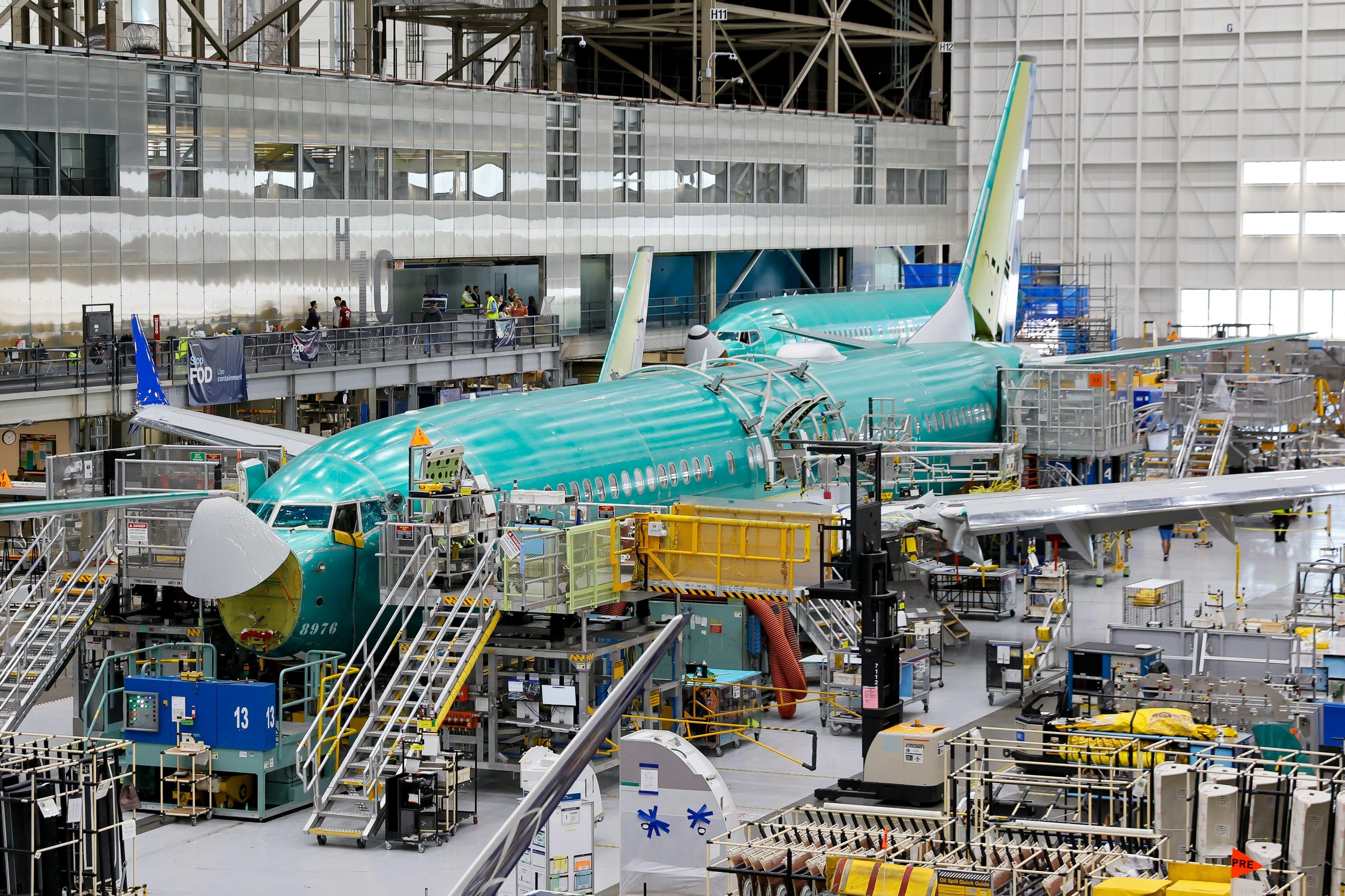
AeroGenie — Seu copiloto inteligente.
Tendências
Categories
Artificial Intelligence Guides Eco-Friendly Aircraft in Flight
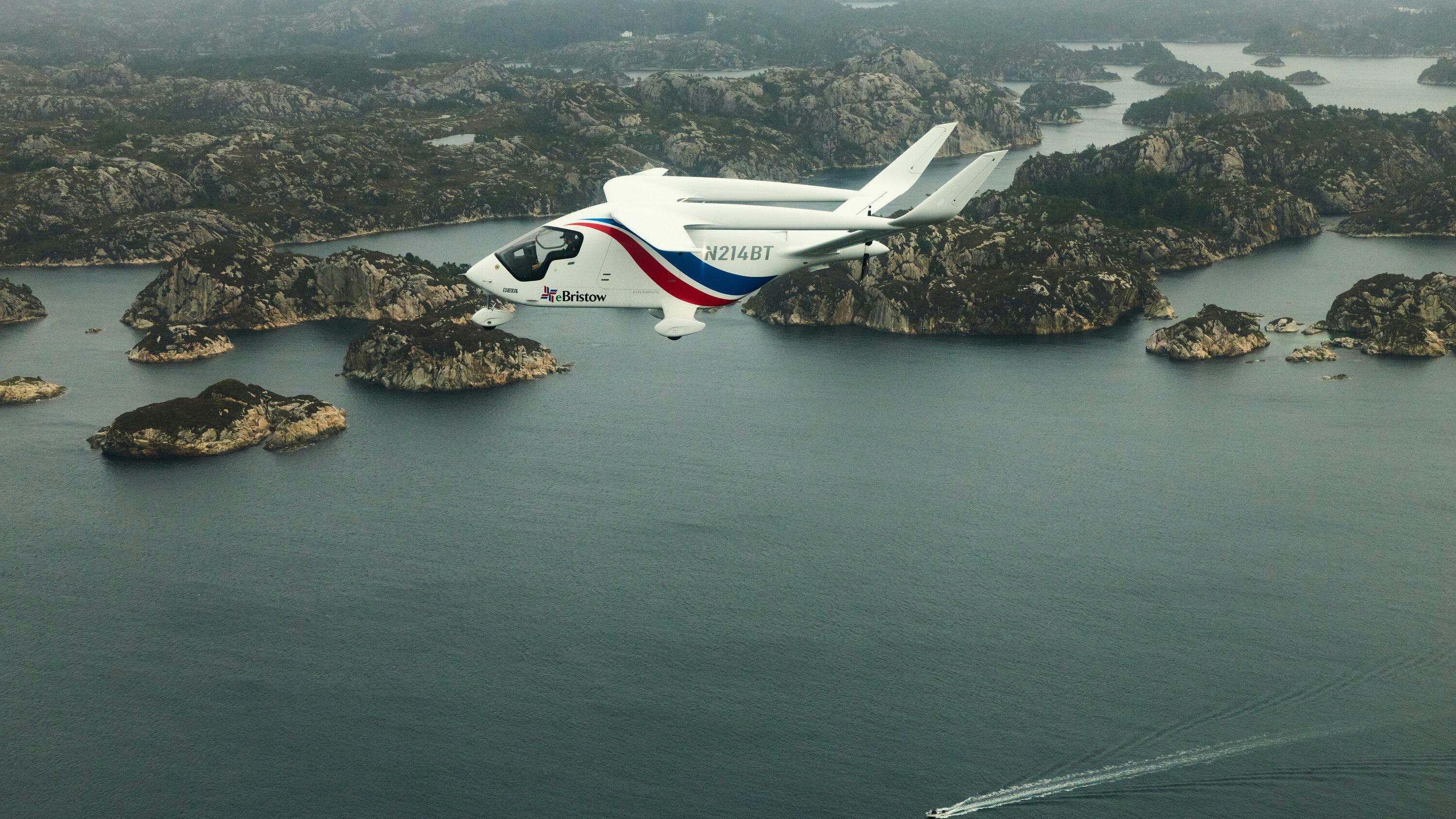
Artificial Intelligence Guides Eco-Friendly Aircraft in Flight
The Korea Aerospace Administration has introduced its ambitious "Roadmap for Aviation Innovation Promotion," a strategic plan designed to establish technological sovereignty by localizing critical components in the aviation sector. This includes future aircraft such as autonomous aerial vehicles (AAV), eco-friendly propulsion systems, AI-driven autonomous flight engines, and advanced battery technologies. The roadmap, which incorporates extensive feedback from industry experts and academic stakeholders, is slated for finalization within the year.
Vision for AI-Powered Eco-Friendly Aviation
Central to this initiative is a futuristic vision where artificial intelligence pilots hydrogen-powered, eco-friendly aircraft navigating urban airspaces—a concept that until recently belonged to the realm of science fiction. Unveiled at a public hearing held at the Daejeon Convention Center on the 14th, the roadmap articulates South Korea’s aspiration to rank among the world’s top five aviation industries by 2050.
This strategy emerges amid intensifying global competition, as leading nations such as the United States, the European Union, and Japan accelerate efforts to dominate aviation technology. The push is driven by mounting demands for carbon neutrality and digital transformation. South Korea’s current dependence on foreign technologies, particularly in aviation engines and electronics, has long been identified as a structural weakness that the roadmap seeks to address.
Strategic Pillars and Technological Milestones
The roadmap is structured around five major strategies, supported by 15 sub-strategies and 56 technical milestones. The first focuses on advancing aviation mobility, targeting leadership in future aviation mobility sectors including urban air mobility (UAM) and regional air mobility (RAM). This involves the development of hybrid electric vertical take-off and landing (eVTOL) aircraft aimed for commercialization after 2035, alongside drones capable of flying over 500 kilometers while carrying payloads up to 1,000 kilograms. Long-term ambitions extend to research on hypersonic propulsion systems capable of exceeding Mach 5 speeds.
The second strategy prioritizes securing eco-friendly aviation technologies to achieve carbon neutrality by 2050. This encompasses hybrid electric propulsion, hydrogen-based systems, and the development of long-endurance unmanned aerial vehicles capable of stratospheric flight for periods exceeding three months.
A third pillar emphasizes AI-based convergence technology research, with the goal of enabling fully autonomous flight without pilot intervention. This requires the establishment of a comprehensive data infrastructure to support the development of aviation AI and related technologies.
The fourth strategy addresses the localization of core parts and equipment, aiming to reduce reliance on foreign suppliers by cultivating domestic capabilities in key aviation components. Finally, the roadmap calls for the establishment of robust test, evaluation, and production infrastructure to facilitate innovation and commercialization.
Challenges and Market Dynamics
Despite the roadmap’s comprehensive scope, significant challenges remain. Scaling AI initiatives from pilot projects to full operational deployment continues to be a major obstacle, as noted in the recent MIT State of AI in Business 2025 report. Furthermore, concerns are mounting regarding the environmental impact of AI-driven data centers, with local governments expressing apprehension that increased energy consumption could undermine the environmental benefits of eco-friendly aviation technologies.
Market dynamics are also evolving rapidly. Competitors are increasingly leveraging AI to enhance their competitiveness; for example, Delta Airlines employs AI-driven pricing strategies to boost sales. Meanwhile, smaller enterprises face persistent difficulties in managing AI-related risks and ensuring the quality, trustworthiness, and safety of their AI models.
As South Korea advances its aviation innovation roadmap, the challenge will be to balance technological ambition with environmental responsibility and market realities, in pursuit of its vision for AI-guided, eco-friendly flight.
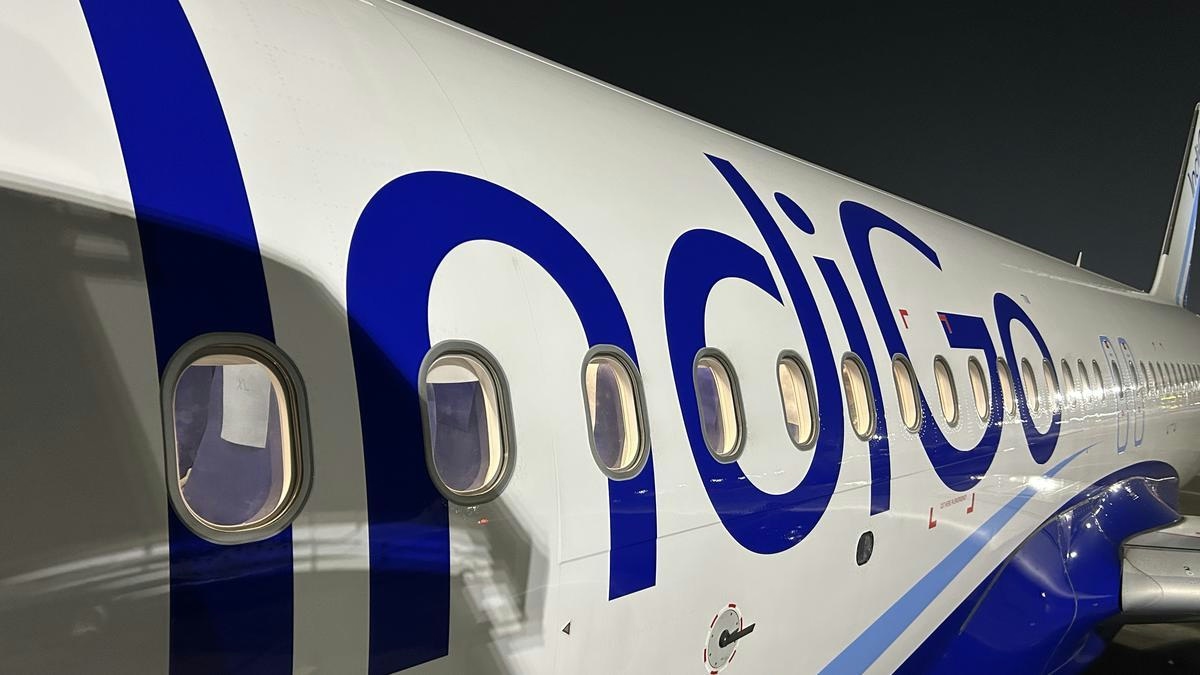
IndiGo to Deploy Wide-Body Aircraft on Vijayawada-Hyderabad Route, Says MP
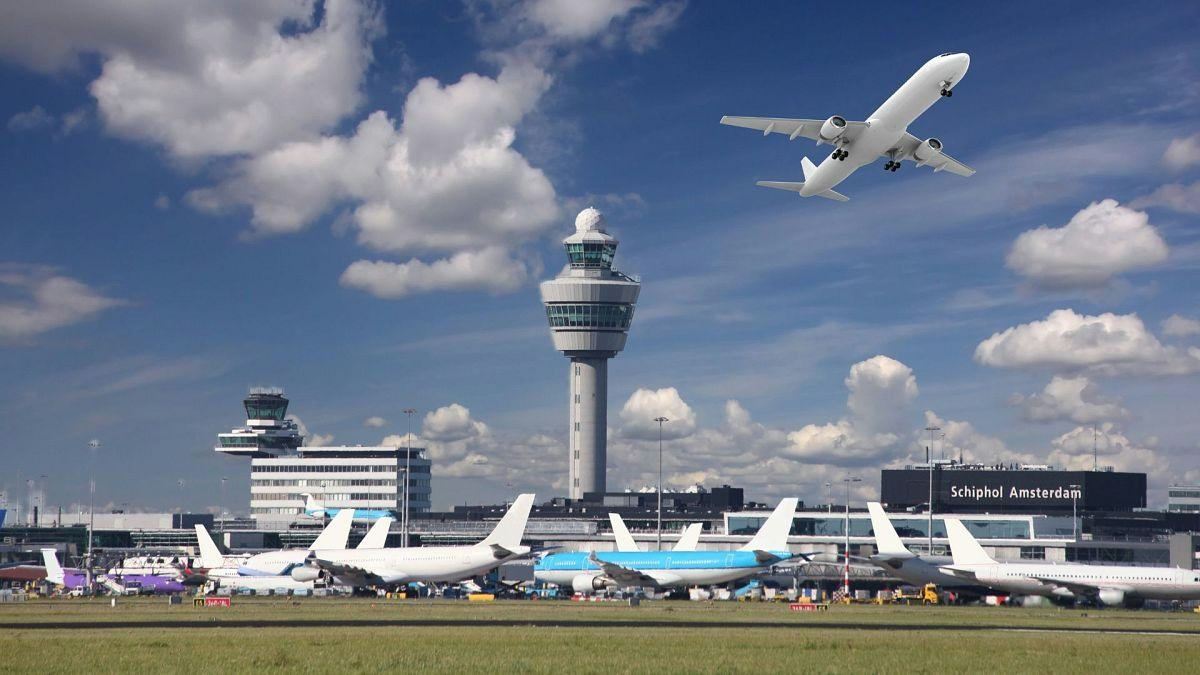
Europe Unveils New Aviation Strategy to Promote Cleaner, Faster Flights
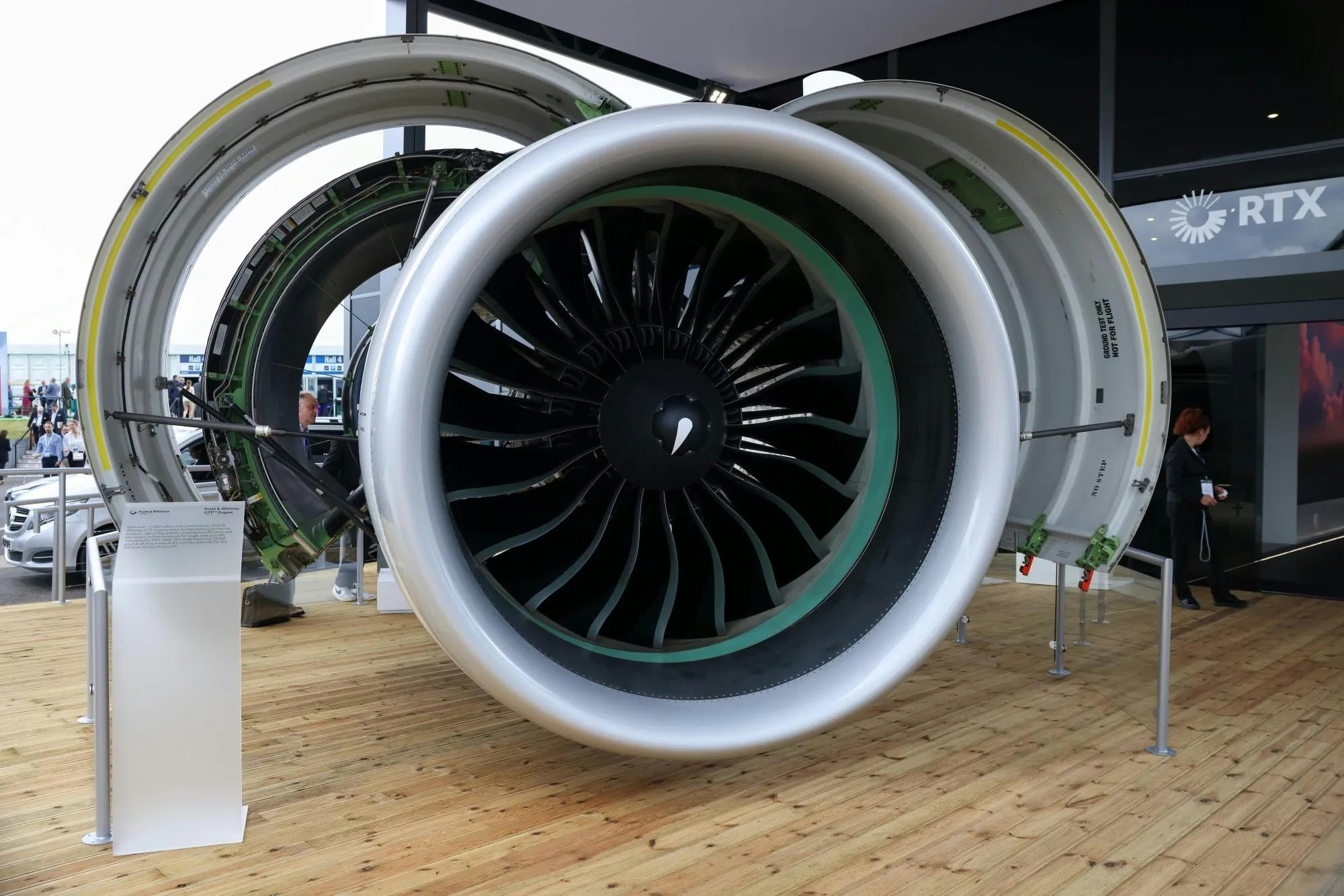
Spirit Signs Agreement with Pratt & Whitney Units on Aircraft Engines

ADB SAFEGATE Receives Industry Awards for Marketing, R&D, and Social Impact

GA Telesis Secures Five-Year Landing Gear Overhaul Agreement with Major U.S. Carrier

Government Strengthens Aviation Safety Framework Amid AI-171 Investigation
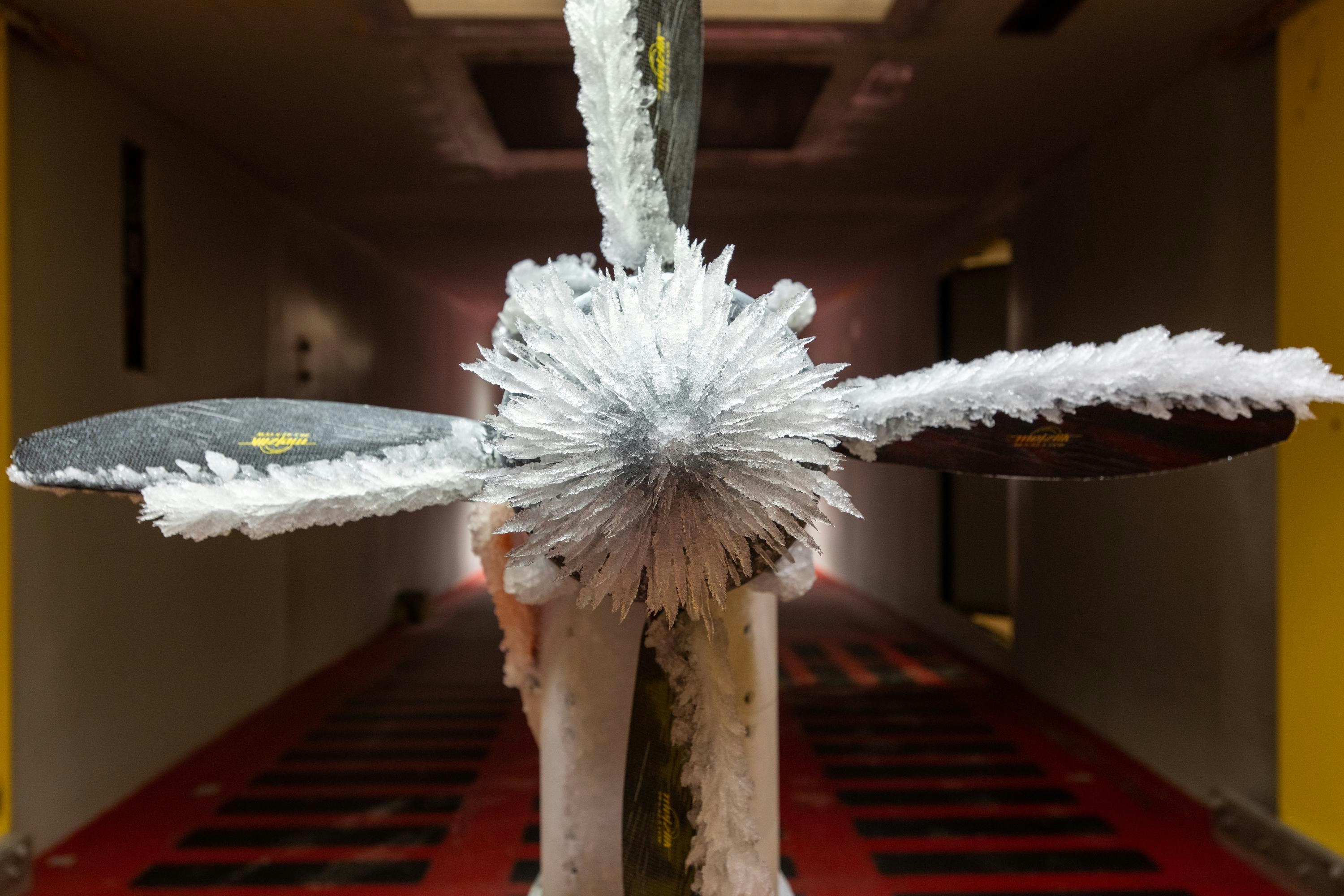
NASA Software Raises Bar for Aircraft Icing Research
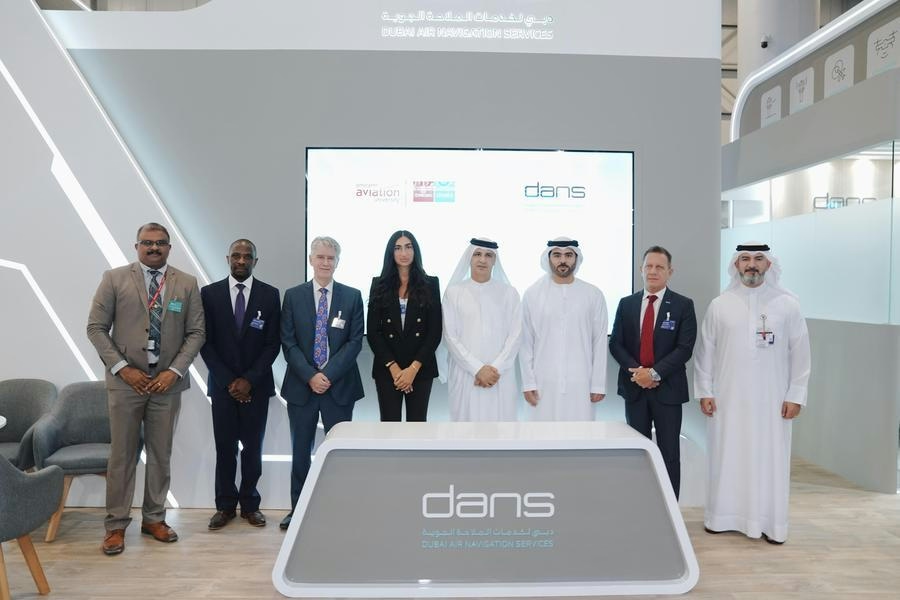
Dans and Emirates Aviation University Partner on AI Air Traffic Management Research
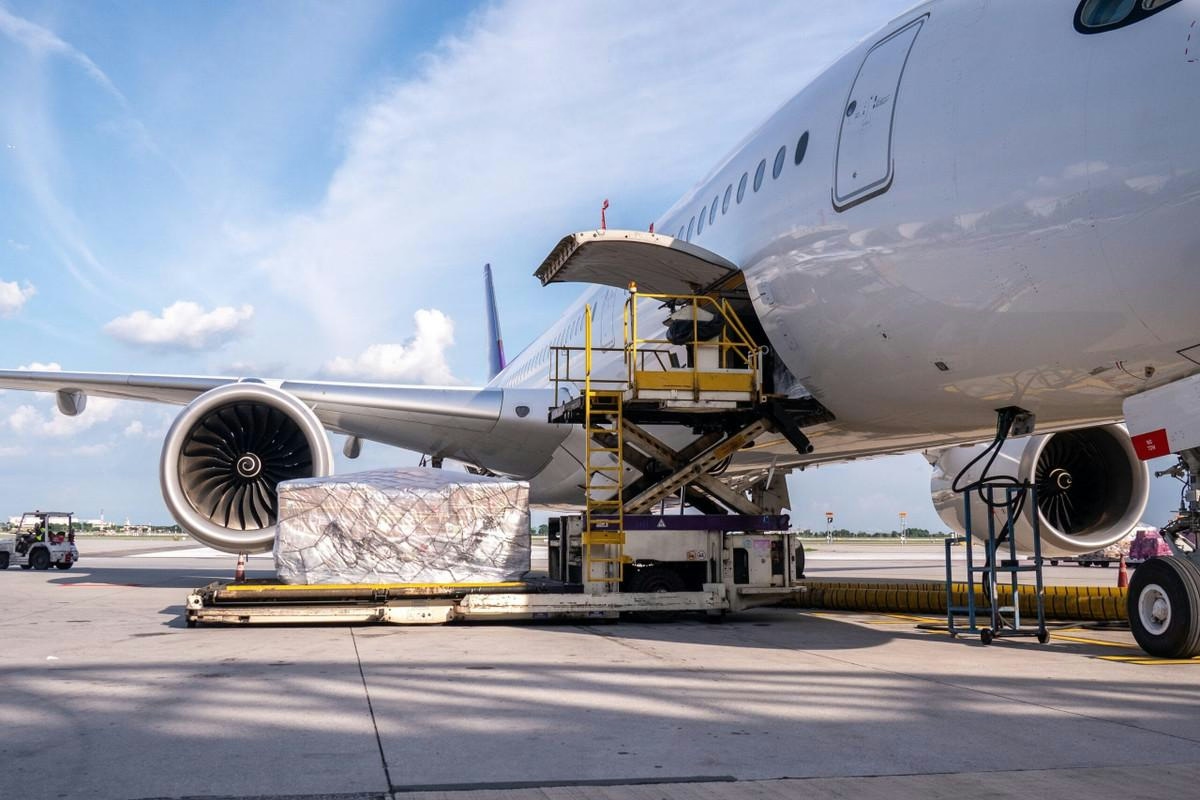
Nigus and AXISCADES to Develop Nigeria’s First Major Aviation MRO Hub
